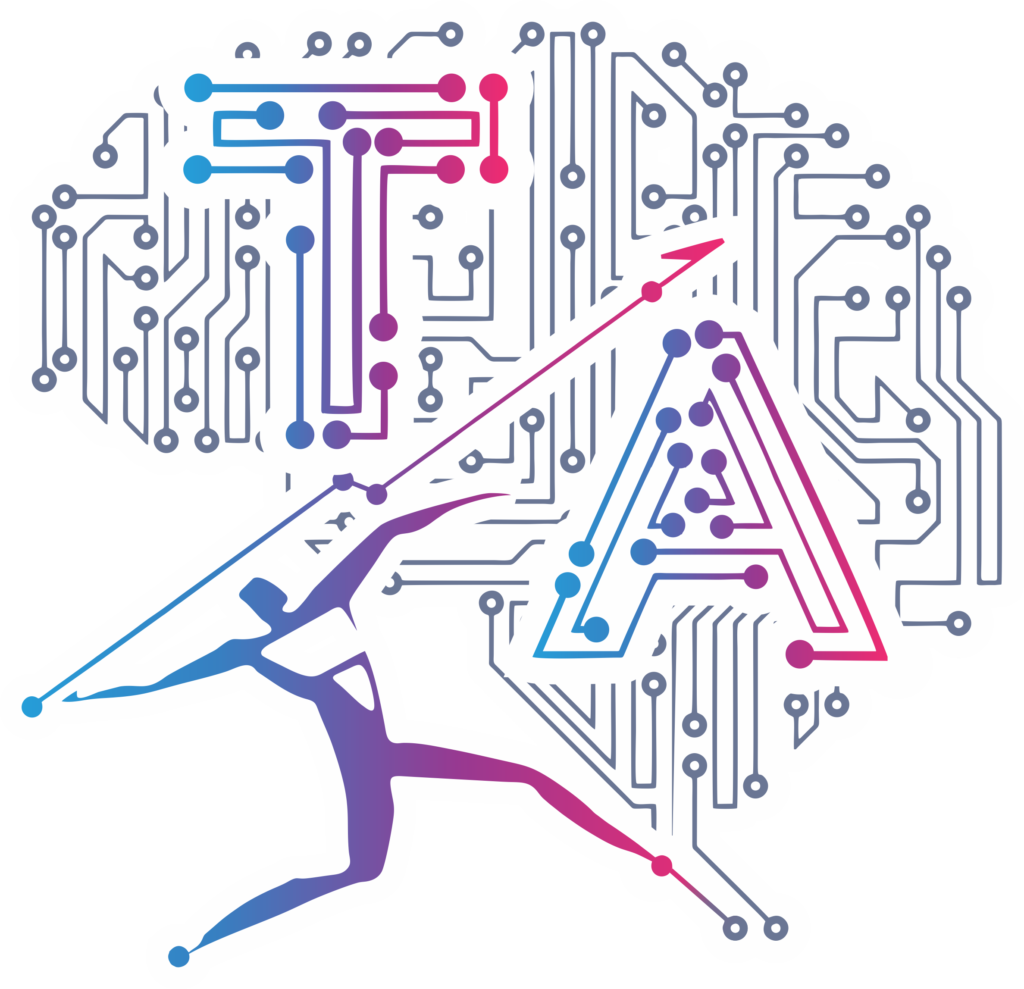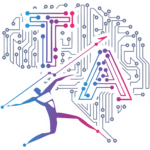Practical 3: Program to Read Variables from the User
Problem Statement:
Write a Python program to read different types of variables from the user (such as integer, float, string, etc.) and display them.
Solution Code:
# Reading and displaying different types of variables from the user
# Input integer
int_var = int(input("Enter an integer: "))
print("Integer entered:", int_var)
# Input float
float_var = float(input("Enter a floating-point number: "))
print("Float entered:", float_var)
# Input string
str_var = input("Enter a string: ")
print("String entered:", str_var)
# Input boolean (converted from user input)
bool_var = input("Enter True or False: ")
bool_var = bool_var.lower() == "true" # Convert string input to boolean
print("Boolean entered:", bool_var)
Output:
- The program will prompt the user to enter an integer, float, string, and boolean value.
- After input, the program will display the entered values along with their types. Example output for inputs:
Enter an integer: 10
Integer entered: 10
Enter a floating-point number: 2.2
Float entered: 2.2
Enter a string: the boy
String entered: the boy
Enter True or False: Flase
Boolean entered: False
Process finished with exit code 0
Explanation:
Below is the explanation of F.E. PPS Unit 1 Practical 4 solution where we have written Python Program to Read Variables from the User
- Reading an Integer:
- We use input() to get input from the user, but since input() returns a string, we convert it to an integer using int().
- The user enters a number, which is then printed after conversion.
- Reading a Float:
- The same process is applied to a floating-point number. The user inputs a decimal number, and we convert it to a float using float().
- Reading a String:
- For string input, input() directly reads the value as a string. We simply print the string entered by the user.
- Reading a Boolean:
- The user is asked to input either True or False as a string.
- We use .lower() to ensure that the input is case-insensitive, and compare it to “true”. If it matches, we set the boolean value to True, otherwise to False.
Key Concept Learned:
- Reading input from users using the input() function.
- Converting user input into appropriate types such as integer (int()), float (float()), and boolean conversion.
- Understanding how to handle different types of inputs in Python.


